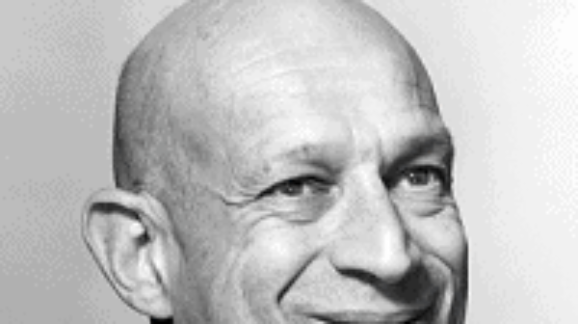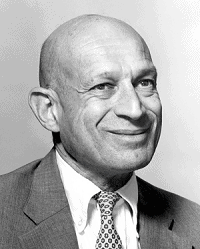Betting on the Future: 25 Years Later

 Today is the 25th anniversary of the famous bet between economist Julian Simon and biologist Paul Ehrlich over the price of five metals: chromium, copper, nickel, tin, and tungsten. The bet has become legendary over the last quarter century because it stands as a proxy for two very different views: one that is optimistic about the future of the world and the ability of human beings to make life better, and one that is profoundly pessimistic and holds that human beings are consigned to a future of material poverty and misery. Julian Simon embraced the former view and Paul Ehrlich, to this day, emphatically represents the latter.
Today is the 25th anniversary of the famous bet between economist Julian Simon and biologist Paul Ehrlich over the price of five metals: chromium, copper, nickel, tin, and tungsten. The bet has become legendary over the last quarter century because it stands as a proxy for two very different views: one that is optimistic about the future of the world and the ability of human beings to make life better, and one that is profoundly pessimistic and holds that human beings are consigned to a future of material poverty and misery. Julian Simon embraced the former view and Paul Ehrlich, to this day, emphatically represents the latter.
Simon and Ehrlich were both public intellectuals with influence well outside of university economics and biology departments, although Ehrlich was far better known at the time—he had appeared on The Tonight Show with Johnny Carson six times by the time he and Simon agreed on the bet. I’ll let Prof. Pierre Desrochers of the University of Toronto describe the wager itself:
In 1980, economist Julian L Simon challenged Paul R Ehrlich, the biologist and author of the best-selling Population Bomb, to put his money where his catastrophist mouth was by staking $10,000 on his belief that ‘the cost of non-government-controlled raw materials… will not rise in the long run’, with the minimum period of time over which the bet could take place being one year. If, as Ehrlich believed, the store of valuable resources was absolutely finite and subject to ever-increasing demand, the resources’ price would rise. Simon, however, argued that in a market economy characterised by freely determined prices and secured property rights, a rise in the price of a valuable resource could only be temporary as it would provide incentives for people to look for more of it, to produce and use it more efficiently, and to develop substitutes. In the long run, even non-renewable resources would become ever-less scarce as they are ultimately created by the always renewable and ever-expanding human intellect.
The short version of story, of course, is that Simon won the bet when, 10 years later, all five of the commodities had declined in price. Ehrlich paid up, but never conceded the underlying point, continuing to write and proselytize about the impending global disaster that overpopulation and resource depletion were supposedly going to create. He has continued to be cited and featured as an éminence grise among environmentalists, appearing in such charming projects as the 2002 documentary Thank You for Not Breeding.
 As many of our readers are aware, CEI awards an annual prize in Simon’s honor, the Julian L. Simon Memorial Award. The award is forged in the shape of a leaf. Simon admired nature and included dried leaves—which die every fall and are renewed every spring—in his correspondence. The veins of the leaf are composed of the five metals from the 1980 bet.
As many of our readers are aware, CEI awards an annual prize in Simon’s honor, the Julian L. Simon Memorial Award. The award is forged in the shape of a leaf. Simon admired nature and included dried leaves—which die every fall and are renewed every spring—in his correspondence. The veins of the leaf are composed of the five metals from the 1980 bet.
Over the years, many distinguished recipients have accepted the award, including Nobel Prize-winning economist Vernon Smith, historian Deirdre McCloskey, and New York Times writer John Tierney. The award has also gone to British author and politician Matt Ridley, who keynoted CEI’s 30th anniversary gala last year. His speech (which starts around the 2:10 mark in the video below) covers a lot of interesting territory, from recycling to global warming, with an emphasis on some counterintuitive truths about human flourishing.